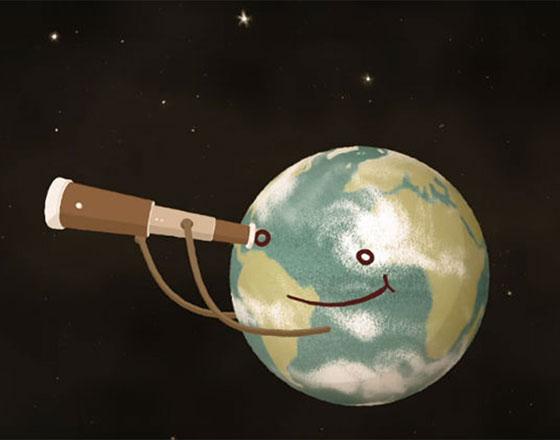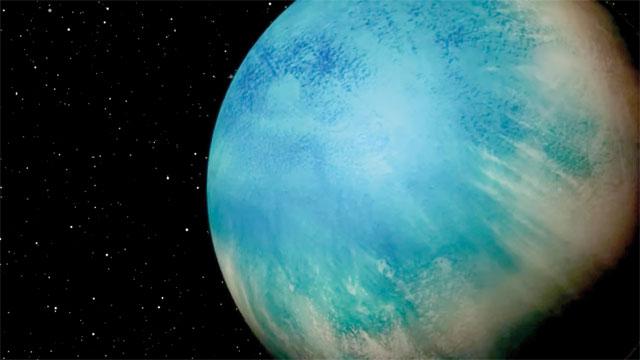You are here
Search for life: Kepler’s final survey reveals 50 ‘goldilocks’ planets
Oct 26,2017 - Last updated at Oct 26,2017

Photo courtesy of nasa.gov
By Lisa M. Krieger
The Mercury News (TNS)
MOFFETT FIELD, California — What began as a trickle of new planet discoveries from the Kepler Space Telescope a decade ago has turned into a torrent: 2,337 verified sightings, with about 50 in the “goldilocks zone” — our size, shape and orbit around the warm glow of stars like our own sun, perhaps hosting life.
At a recent news conference at NASA’s Ames Research Centre, scientists added 219 new planet candidates — 10 of them potentially habitable — to the final and most definitive tally from the prolific planet detector Kepler, which gazes into a slice of sky near the constellation Cygnus to find the subtle dimming that occurs every time a planet passes in front of — or “transits” — its sun.
“Are we alone? Maybe Kepler today has told us indirectly, although we need confirmation, that we are probably not alone,” said Mario Perez, Kepler programme scientist in the Astrophysics Division of NASA’s Science Mission.
William Borucki, the now-retired scientist who devoted two decades to getting the Kepler project launched, said “most stars have planets. Many of these planets are Earth-like. A fair fraction are in the habitable zone”.
Of particular interest in this newest batch is a planet called 7711, with a size, orbit and sunlike star similar to three planets in our solar system: Venus, Earth and Mars. “But we’d only want to live in one of them,” cautioned Susan Thompson, Kepler research scientists at the SETI Institute in Mountain View.
After years of searching, the Kepler mission has fundamentally changed our understanding of the diverse planets in our galaxy. At the conference, scientists lumped planets into five categories: “Hot Jupiters”, “Cold Gas Giants”, “Lava Worlds”, “Ice Giants” and — most promising — small “Rocky Planets”.
New findings suggest two distinct size groupings of these small rocky planets, both of them with inhospitable environments. One group is so close to its host star that its surface has been blowtorched. The other group has a crushing atmosphere “so thick that it would not be a nice place to live”, said Benjamin Fulton, doctoral candidate at the University of Hawaii in Manoa.
“Finding two distinct groups of exoplanets is like discovering mammals and lizards make up distinct branches of a family tree,” he said.
Before Kepler, no one knew if our sun was the only star to support planets.
The spacecraft was launched in March 2009 to survey the Milky Way galaxy in search of potentially habitable planets around other stars like our sun.
Calling it “the little spacecraft that could”, NASA Ames director Eugene L. Tu said Kepler “has rewritten the textbook on exoplanets”.
While Kepler has offered a pioneering look at the sky, surveying 200,000 stars, it sees only a fraction of the celestial landscape, according to the scientists.
To cover the entire sky, 400 Keplers would be needed.
Related Articles
US scientists said Thursday two distant Earth-like planets, which some believed might be able to harbour life, do not actually exist and that astronomers were confused by a star’s sunspots.
PARIS — An international team of scientists said Monday they had discovered a trio of Earth-like planets that are the best bet so far for fi
PARIS — A planet relatively close to Earth could be the first ever detected with a potentially life-sustaining liquid ocean outside our Sola

















